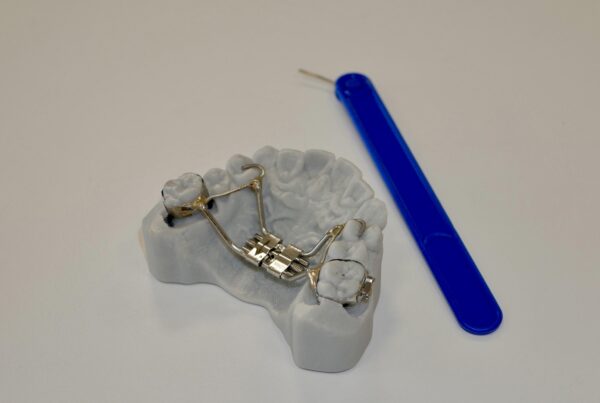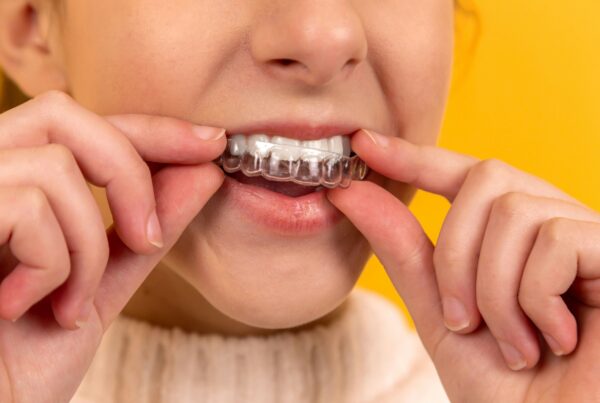Water fluoridation is a controversial subject. And, at Tōtara Orthodontists, we have no intentions what so ever of entering the debate. Instead, in this post, we explain why orthodontists recommend fluoride to their patients.
A bit about fluoride
It was at the beginning of the 20th century that American dentist Frederick McKay accidentally discovered that fluoride could prevent tooth decay.
Fluoride is not a substance cooked-up in a science lab. Actually, it is a natural mineral found in water sources such as rivers, lakes and oceans.
When applied to your teeth, fluoride absorbs into the enamel — a process called ‘remineralisation.’ As a result, by replenishing lost calcium and phosphorus, the fluoride can put a stop to tooth decay.
The bugs in your mouth HATE fluoride, which is a good thing. And fluoride also protects your teeth from acid-filled fizzy drinks.
Toothpaste and fluoride
Many kinds of toothpaste contain fluoride. And for patients with low saliva counts or high decay rates, we often prescribe toothpaste with extra-high levels.
Note: The saliva in your mouth is responsible for washing away the acid. Due to factors such as age or medications, some people have low saliva counts (dry mouths). For them, fluoride is beneficial for acid protection.
Fluoride tooth mousse
A good way to apply fluoride is with the topical treatment tooth mousse. Incidentally, at Totara Orthodontists, we recommend Tooth Mousse Plus.
Because you can apply it with a cotton bud, tooth mousse is absorbed deeper into the tooth’s surface than fluoride toothpaste or mouthwash.
When is tooth mousse used?
In general dentistry
Dentists often use tooth mousse to remineralise teeth showing the very early stages of cavities. Doing this eliminates the need to take the more drastic measure of putting in a filling. Tooth mousse is also effective for treating sensitive teeth.
In orthodontics
It is common for patients to find white marks on their teeth when their braces come off. A build-up of plaque is the cause, and in most cases, marks are very mild. However, with about 10% of patients who don’t do a particularly good job of cleaning their teeth, the marks can be quite nasty. To remove these marks, orthodontists use tooth mousse to add minerals to the affected teeth.
Did you find this post useful? If so, please feel free to share.


